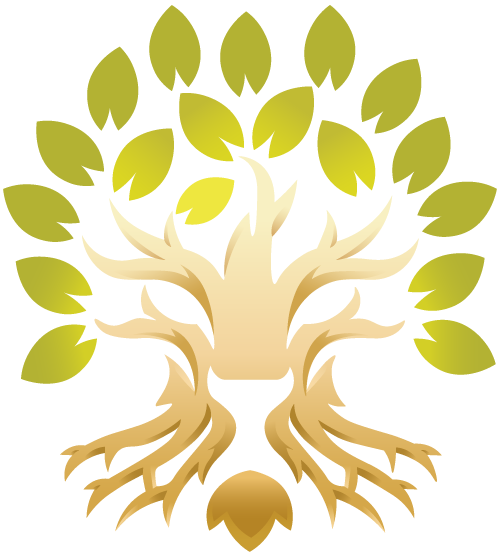Is My Tree Dying?
Having a large, healthy tree in your yard is a beautiful way to enhance your home's façade or rear garden. But as trees get older, they could begin to show signs of decay. They could also be suffering from diseases that can make them look different.
But it's not always easy to catch the symptoms of these diseases in time to prevent further damage, so it's essential to pay close attention. Here is how to search for the telltale signs that your tree might be dying.
Check the trunk
A tree's trunk is usually within our direct eyesight, and it could be the fastest way to detect a disease symptom. If large sections of bark are peeling from the trunk, it's a potential sign of a problem. If you notice rot on or around the tree trunk, it could already be too late, and you may need to cut down the tree.
Observe the branches
If a tree is suffering, it will likely have many dead branches. If it's spring, they won't have any new buds, and in other seasons, they won't have any leaves at all.
The change usually appears around the trees' tips first. Later, they might start to fall off the tree on their own. Also, there may be dead branches on just one side of the tree. This likely means something is going on.
If you're not sure if the branch is dead, try bending it a bit. If it's brittle and breaks immediately, it's dead. If it bends a bit, that means it's still alive. However, having just a few dead branches appear from time to time doesn't mean that your tree is dying. That's a part of the regular tree life cycle.
Count the leaves
Of course, it's challenging actually to count the leaves, but paying attention to their density can indicate if your tree is doing well or not. Not all trees will lose leaves at the same rate, but if there are no leaves to be found on the tree around August, that's not a good sign.
It's normal for a tree to have fewer and fewer leaves as it ages. But if you start to notice there are no leaf buds early in the season, then there's a possibility it's going to die soon.
Examine the roots
The base is another place to check if you want to assess if your tree is dying or not. If you see many mushrooms growing around the roots, that could mean there's plenty of rot there, too.
If the roots are significantly lifted from the ground, the tree is experiencing some destabilization and could require removal.
Is the tree leaning?
When a tree becomes weak and has unusual growth patterns, it could suddenly suffer from imbalance. Depending on the size of the tree, it could be 15 degrees to more. The lean could also be quite gradual. You could notice one day that it doesn't stand straight anymore.
Look for the beetles and ants
It's normal for insects to live around trees. But if what you're mostly seeing are bark beetles and ants, the tree is probably already in the process of dying, unfortunately. These bugs choose trees purposefully, and their presence means it's time for you to remove the tree.
Sometimes trees can be saved
A tree might seem like it's at the end of its life, but that doesn't mean it's necessary to cut it down immediately. Contacting a tree specialist and asking for professional advice could lead to a proper diagnosis and possibly a way to extend your tree's life a little longer.
Chuck’s Tree Service offers tree trimming and pruning, tree removal, tree care, and other services like crane services, storm damage tree removal, brush haul-off, land clearing and site development, and tractor services in Pasco, Hernando, and Pinellas Counties. Regular tree care can encourage vigorous growth, increase flower and fruit production, improve tree health, and more. Call us at 352-606-8289 today!

